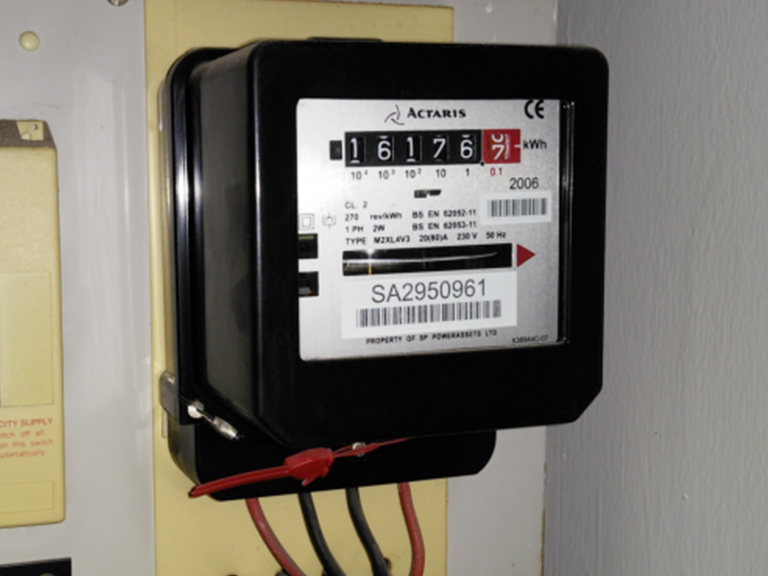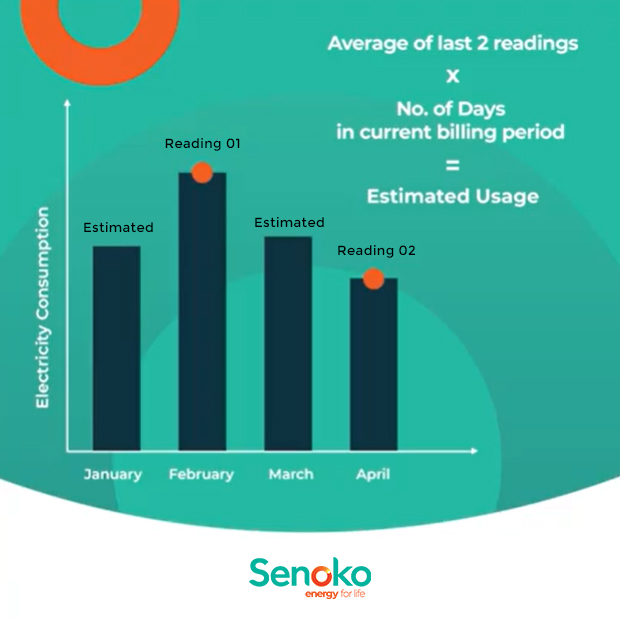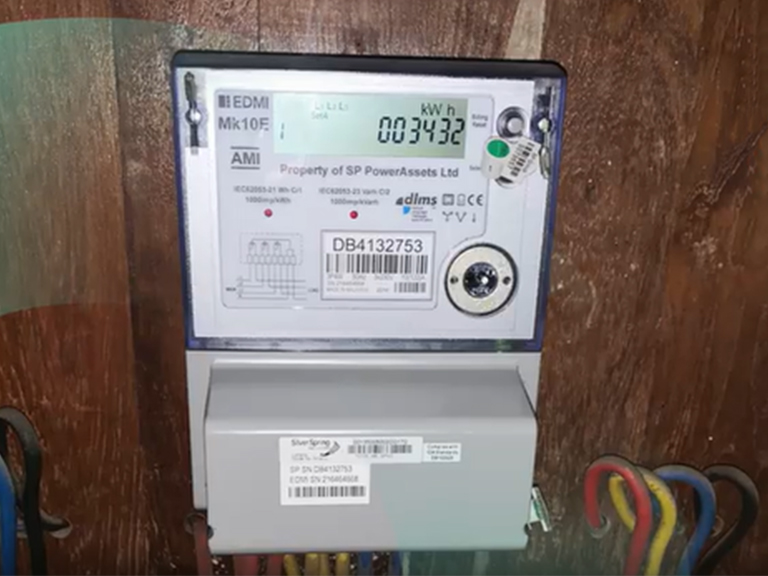A lack of understanding of how meter readings are reflected on the bills can bring about an inaccurate visualisation of energy consumption patterns and lead to possible discrepancies. Find out how understanding the fundamentals of electricity meter readings can make a difference to your bill.
In recent months, people across Singapore received higher electricity bills, and narratives of inaccurate electricity charges have whipped up a storm on the internet.
As it turns out, SP utilities meter reader could not pay a visit during the circuit breaker period as part of safe-distancing measures. Since meter reader did not visit your premises, most bills were underestimated and thus, undercharged during the circuit breaker period. When meter reading services resumed in July, people were charged the difference and saw a huge spike in their electricity bills.

Here’s the deal: To ensure that you are billed accurately each month, it is imperative for all homeowners in Singapore to understand how meter readings are done.
When you spend more time reading your electricity bills, you get a better grasp of how much energy you are actually using as opposed to making assumptions. With this knowledge, you can then manage your household energy consumption better, effectively maintaining control over your budget. Especially now that many are working from home and using more electricity than usual, it is important to prioritise which energy-saving measures will bring forth the biggest impact.
There are two types of electricity meters in Singapore: Cumulative Meter and Advanced Meter.
Today, cumulative meters are being used in approximately 1.1 million residential premises. If you are using a cumulative meter, SP Group sends meter readers on a bi-monthly basis to conduct readings for the record. This means your actual usage is measured every two months.

The electricity meter measures your electricity consumption in kilowatt-hours (sometimes known as units). All you need is to take note of the white numbers, ignoring any numbers in red or in a red surround.

For months between two reading dates, your usage and bills are estimated based on the average consumption reflected from the past two months. This estimation is backed by a methodology approved by the Energy Market Authority (EMA).
It is important to note that even if you are buying electricity from a retailer, your utility meters are still read by SP services as they are the Market Support Services Licensee. Readings are passed from SP services to your retailer, and you will be billed the charges.
Homeowners who much prefer to be billed based on actual consumption can submit their own meter readings. Submitting your own meter readings is a lot less complex than it sounds. For customers under a retailer and the bills are generated by the retailer directly, they can submit the meter reading via these channels:
1. E-Services portal on the Open Electricity Market website. Customer is required to sign up for a login account.
Only for SRLP meters
Steps:
Customers will have to register for an account for OEM e-Services > E-Services Registration and Login | Open Electricity Market
After registration done, customers can log in to e-Services page > Login - Open Electricity Market
2. Call the Open Electricity Market hotline at 1800-233-8000. Please press 4 after selecting the language options to submit the meter reading.

With the EMA’s market liberalisation efforts, players behind the Open Electricity Market (OEM), have innovated to provide added value to their customers in Singapore.
Senoko Energy has rolled out an Energy mobile app to help their customers monitor their energy consumption patterns in real-time with accurate data of their energy usage. Likewise, it empowers customers to redeem rewards, view their monthly bills and outstanding payments – with full transparency.
Leveraging the power of technology to transform consumers’ experiences, Senoko enables you to achieve more while doing less.